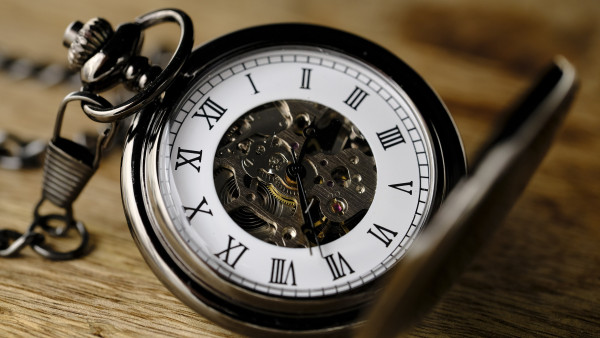WATCH FOUNDER
HISTRY OF WATCH
WATCH INVENT IN INDIA
BALANCING SPRING
FIRST WATCH
SOLAR WATCH
SMARTWATCH
MASSPRODUCTION
QUARTZWATCH
ELECTRICALWATCH
CONTACT US

Styles changed in the 17th century and men began to wear watches in pockets instead of as pendants (the woman's watch remained a pendant into the 20th century). This is said to have occurred in 1675 when Charles II of England introduced waistcoats. This was not just a matter of fashion or prejudice; watches of the time were notoriously prone to fouling from exposure to the elements, and could only reliably be kept safe from harm if carried securely in the pocket. To fit in pockets, their shape evolved into the typical pocketwatch shape, rounded and flattened with no sharp edges. Glass was used to cover the face beginning around 1610. Watch fobs began to be used, the name originating from the German word fuppe, a small pocket. Later in the 1800s Prince Albert, the consort to Queen Victoria, introduced the 'Albert chain' accessory, designed to secure the pocket watch to the man's outergarment by way of a clip. The watch was wound and also set by opening the back and fitting a key to a square arbor, and turning it.
The timekeeping mechanism in these early pocketwatches was the same one used in clocks, invented in the 13th century; the verge escapement which drove a foliot, a dumbbell shaped bar with weights on the ends, to oscillate back and forth. However, the mainspring introduced a source of error not present in weight-powered clocks. The force provided by a spring is not constant, but decreases as the spring unwinds. The rate of all timekeeping mechanisms is affected by changes in their drive force, but the primitive verge and foliot mechanism was especially sensitive to these changes, so early watches slowed down during their running period as the mainspring ran down. This problem, called lack of isochronism, plagued mechanical watches throughout their history.
Efforts to improve the accuracy of watches prior to 1657 focused on evening out the steep torque curve of the mainspring.Two devices to do this had appeared in the first clock-watches: the stackfreed and the fusee. The stackfreed, a spring-loaded cam on the mainspring shaft, added a lot of friction and was abandoned after about a century. The fusee was a much more lasting idea. A curving conical pulley with a chain wrapped around it attached to the mainspring barrel, it changed the leverage as the spring unwound, equalizing the drive force. Fusees became standard in all watches, and were used until the early 19th century. The foliot was also gradually replaced with the balance wheel, which had a higher moment of inertia for its size, allowing better timekeeping.
